The Best Yeast For Making Your Own Homebrew Hard Cider


The first few times the average homebrewer makes a hard apple cider or apple wine, they’re following the simplest possible instructions (like these!) to ferment store bought apple juice using either inexpensive beer yeast, champagne yeast, or (unfortunately) bread yeast. In fact, unless the juice has been pasteurized, contains preservatives, or has been treated with campden tablets or potassium sorbate, the wild yeast in the natural fruit juices will ferment even without yeast being added. Fresh apples contain plenty of wild yeast and will ferment if allowed to. While this process technically works, it doesn’t necessarily make the best possible cider.
Interested in learning more about cider? Click here to check out our Ultimate Guide to Hard Apple Cider!
While you can make great cider from grocery store apple juice (click here to learn how), and you can use just about any yeast to ferment apple juice, there are a few great ways to improve the quality of your cider. The two main ways to improve your cider as a homebrewer is to alter the juice you use, whether that’s through buying farm-fresh unfermented cider from an apple orchard or even pressing your own apples (click here to read our guide to the best apples for making hard cider), and the other is to try using different yeasts to impart different characteristics to the finished cider. Advanced cider makers benefit greatly from a strong understanding of the effects of yeast on the final product.
There are a ton of great yeast options for hard cider. While there are some great cider-specific yeasts, there are also some really solid beer yeast and white wine yeast options that make great cider. While these yeasts are all great for cider and will thrive in that environment, we recommend adding yeast nutrient for best results. For making a high-alcohol cider, you may want to also consider making a yeast starter. Like anything you ferment, keep it out of direct sunlight and within the stated fermentation temperature range.
Here are a few of our picks for the best cider yeast, which make cider making easy even for beginners. All of these are designed for making five gallons of cider, which is perfect for most homebrewers. For each, we will provide the achievable alcohol content, the temperature range for fermentation, the price, flocculation, attenuation, and expectations on how each cider tastes depending on the strain of yeast used.
The Best Yeast for Cider Infographic
This infographic provides an overview of the most important pieces of information about each of the recommended cider yeasts below. Click the graphic to download a PDF copy, or continue reading to learn more about each specific yeast strain.
The Best Yeasts for Cider
Nottingham Ale Yeast
Nottingham Ale Yeast is our personal favorite option for new cider makers and even for many experienced cider makers. Nottingham is a dry English ale yeast, making it inexpensive and easy to purchase online. With an alcohol tolerance of about 14%, it can handle any low to medium-high alcohol cider. Like many English ale yeasts, Nottingham works best when used at low temperatures, and has a preferred temperature range of 50°F – 72°F (10°C – 22°C), which means it can ferment in many homes without the need for temperature control during fermentation.
Perhaps most importantly, Nottingham is known leave a strong apple flavor in the finished cider rather than fermenting them away like champagne yeasts. It also leaves a nice body and mouthfeel in the cider, which prevents the finished product from feeling thin. It ferments well in cider without the need for additional yeast nutrients, with a strong flocculation and firm sediment. Basically, if you’re making just about any type of hard cider, especially a sweeter cider under 12% – 14% ABV, Nottingham is a good choice!
Safale US-04
Fermentis Safale S-04 is not specifically a cider yeast, and instead is a dry English ale (beer) yeast like Nottingham Ale Yeast. Like most dry beer yeast, Safale S-04 very inexpensive and readily available. It can handle alcohol ranges of 9%-11% and has a preferred temperature range of 59-68°F (15-20°C). Because it has a slightly lower alcohol tolerance, it can leave some residual sugar after the fermentation process completes, resulting in a sweet cider. It has high attenuation and flocculation and produces a fruity, floral flavor profile in cider.
Fermentis SafCider AC-4
Fermentis doesn’t just make beer yeast. They also have a line of dry cider yeasts that produce great results. SafCider AC-4 is an inexpensive dry cider yeast with high attenuation and high flocculation. It imparts cider with an intense apple/floral aroma, fruity esters, and a crisp mouthfeel. It can ferment out to approximately 11% ABV and has a wide temperature range of 50-86°F (10-30°C).
Fermentis SafCider AS-2
Fermentis SafCider AS-2 is another inexpensive dry cider yeast from Fermentis. It has medium-high attenuation and high flocculation. It imparts cider with apple and citrus aromas as well as applesauce flavors. It can ferment out to approximately 11% ABV and has a wide temperature range of 50-86°F (10-30°C), which makes it a perfect yeast strain for fermenting at room temperature or even higher temperatures.
Fermentis SafCider TF-6
Fermentis SafCider TF-6 is another inexpensive dry cider yeast from Fermentis. It has low-medium attenuation and high flocculation. It imparts cider with intense and complex fruit (apple, banana, pear, citrus) and applesauce flavors, and a round mouthfeel with the sensation of candy. It can ferment out to approximately 11% ABV and has a temperature range of 59-77°F (15-25°C).
Mangrove Jack’s M02
If you’re looking to ferment a higher ABV cider, consider using Mangrove Jack M02. This dry cider yeast has a very high alcohol tolerance and can ferment dry to a maximum of 17.5%. It has a temperature range of 64-75°F (18-24°C). It has high flocculation and high attenuation, and produces fruity and estery aromas with a clean, crisp flavor profile and mouthfeel.
White Labs Yeast WLP-775
White Labs Yeast WLP-775 is a liquid cider yeast from White Labs Yeast. Like most liquid yeast, tt is a bit more expensive (usually about twice the cost of dry yeast), and you should be careful purchasing it online during summer months when it is likely to get warm in transit. It has high attenuation and medium flocculation, and can ferment to about 8-12% ABV. It ferments completely dry, but retains apple flavors. Sulfur smell is often present during fermentation but clears during aging. This yeast is a little picker than the others in terms of ideal temperatures, and it is recommended that this yeast is used between 70–75°F (18-21°C).
Wyeast 4776
Wyeast 4776 is another liquid cider yeast, so make sure you consider price and shipping concerns when choosing this one. It has a more flexible ideal fermentation temperature range of 60-75°F (15-24°C) and can ferment out to about 12% ABV. It has high attenuation and low flocculation and provides a crisp and dry ferment with strong fruit/apple aroma and flavor.
Champagne Yeasts
While there are many cider makers that swear by the use of champagne yeasts to make great cider, in our experience they ferment far too dry and strip out too much of the apple and fruit flavors from the cider to be the best choice. For that reason, we don’t really recommend using champagne yeast. If you want to try a champagne yeast anyway (and we can’t talk you into using one of the yeasts we recommended above instead), here are a few champagne yeasts that are a popular choice for cider:
- Lalvin EC-1118 Dry Wine Yeast
- Lalvin 71B-1122 Dry Wine Yeast
- Red Star Premier Classique (Montrachet) Dry Wine Yeast
- Red Star Côte Des Blancs Dry Wine Yeast
- Pasteur Champagne Yeast
Wrapping Up
There you have it! There are an endless number of great yeast options for cider, but these are some of our favorites. New yeast strains are being developed all the time, and we encourage you to try them all! If you have any yeast recommendations that we didn’t cover in this article, leave a comment below or post about them in the forums and we’ll make sure to include it!
Thanks for Reading!
Still have questions about cider or anything else cider making and homebrewing related? Leave a comment below or post in the forums! The BrewTogether Community is made up of an awesome group of homebrewers around the world that are always supportive and happy to help answer your questions!
Thank you for reading! If you like this article, please share it with your friends using the social media share buttons below! We need your help getting the word out about BrewTogether!
If you’re not a member of BrewTogether, we’d love for you to join! BrewTogether is completely free, and signing up is easy! Click here to join! We’d love to have you as a member of the BrewTogether Community!
Now using BrewTogether is easier than ever! Download the FREE BrewTogether Mobile App – available on both the Apple App Store and the Google Play Store! The BrewTogether App is completely free and drastically improves the experience of using BrewTogether on a mobile device.
Affiliate Disclosure: BrewTogether is a participant in the Amazon Services LLC Associates Program, an affiliate advertising program designed to provide a means for us to earn fees by linking to Amazon.com and affiliated sites. BrewTogether is also a participant in an affiliate program with MoreBeer, our favorite online homebrewing equipment/ingredients retailer. Some of the links in this article are affiliate links, which means that if you choose to make a purchase after clicking the link, I will earn a small commission at no additional cost to you. Please feel free to reach out with questions. Thank you!


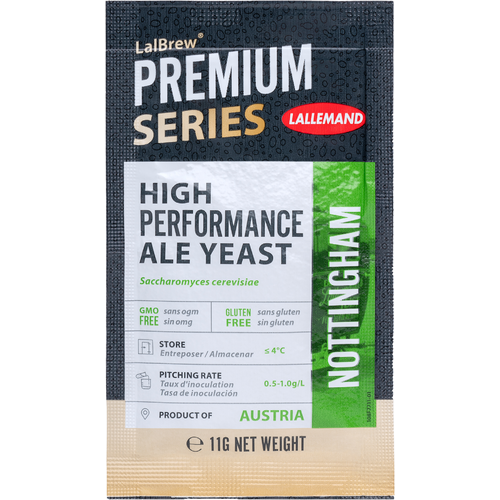
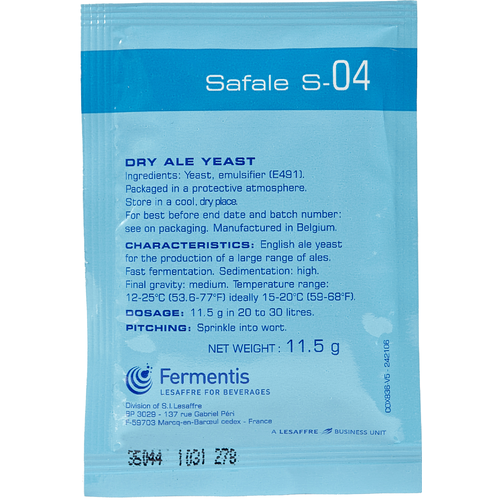

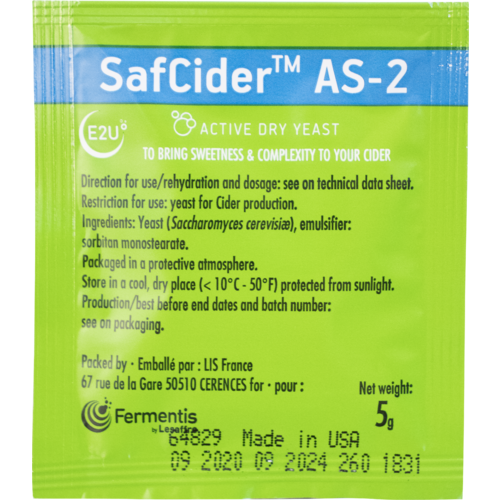
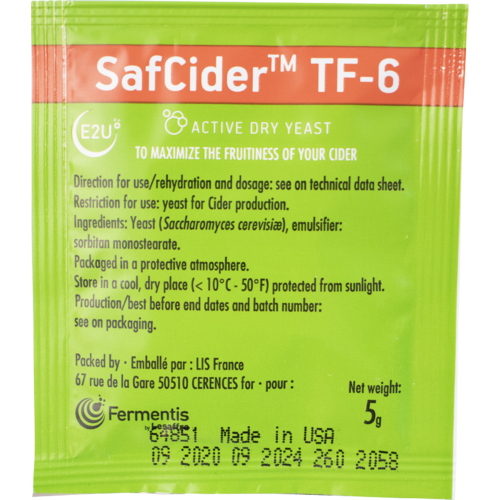




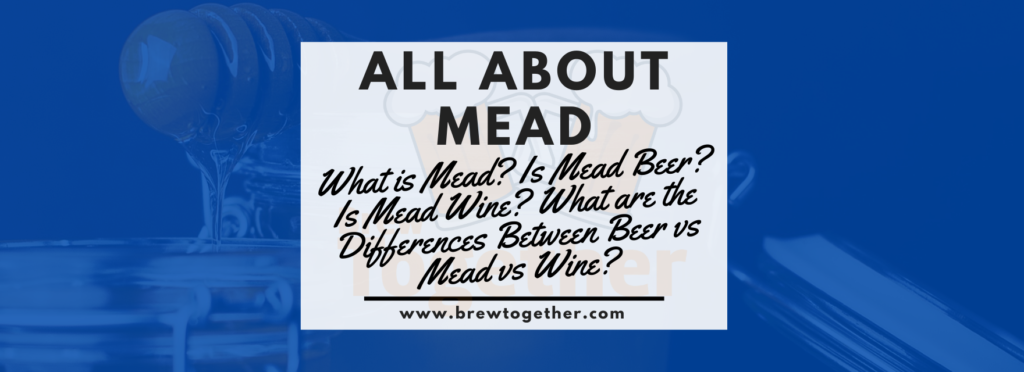

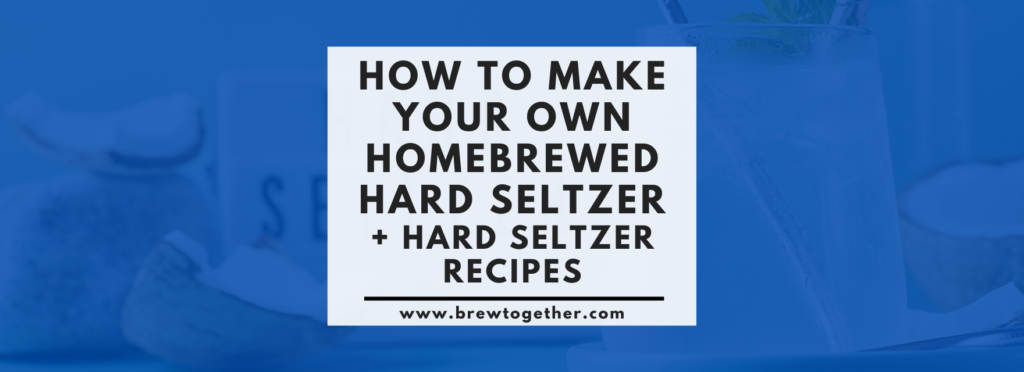
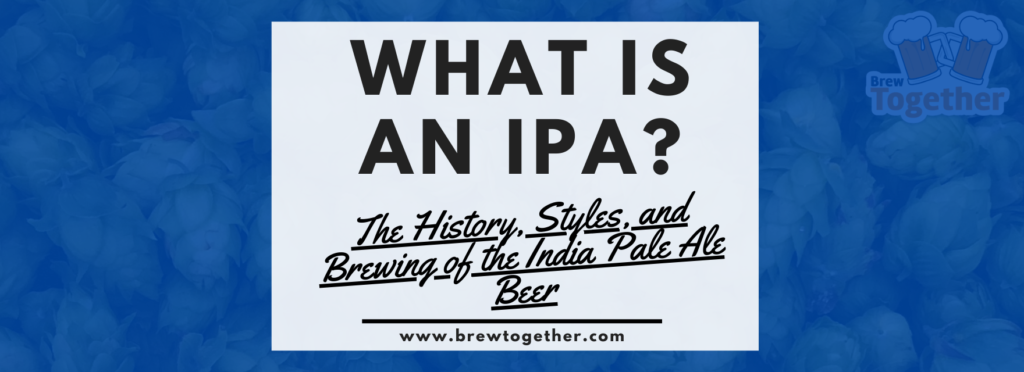
Responses